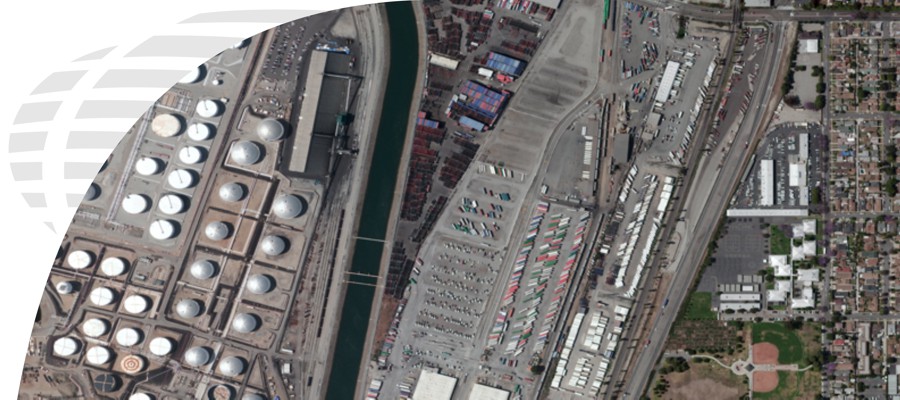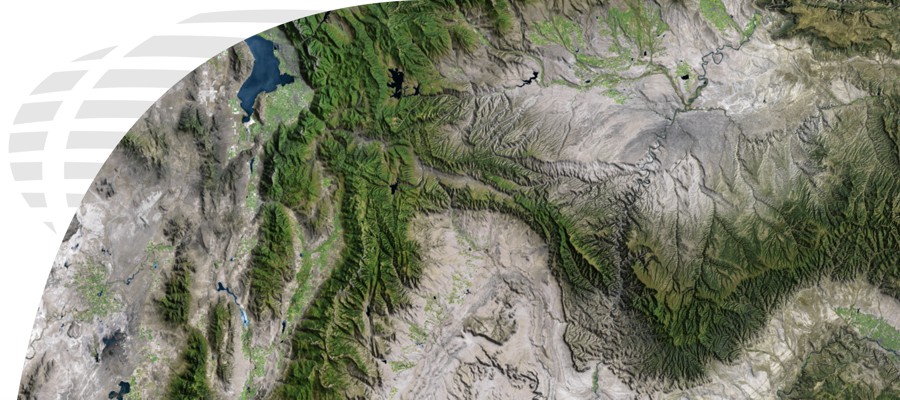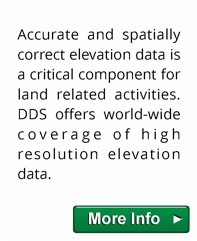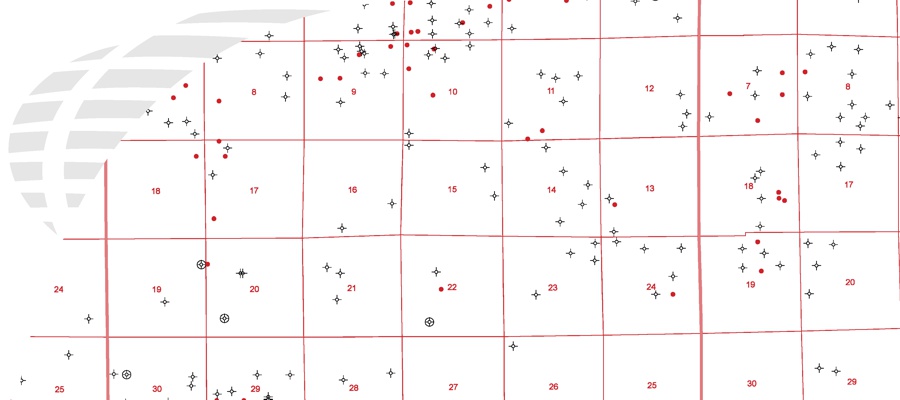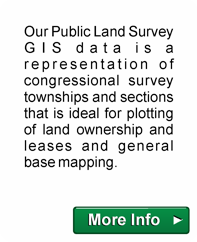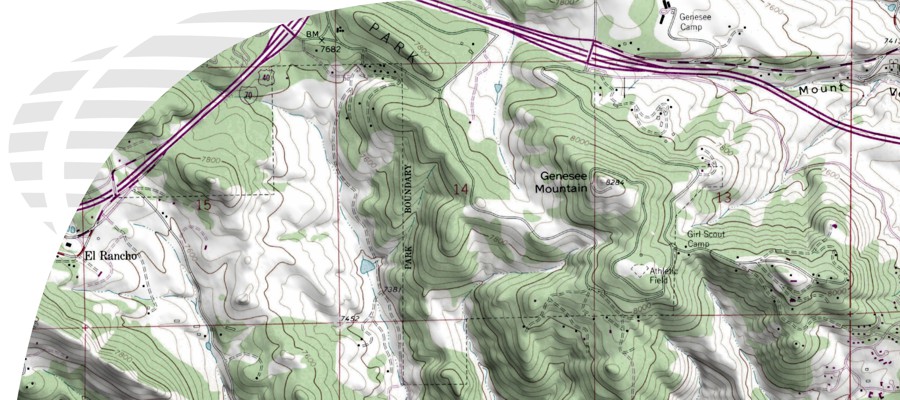PLSSFinderTM is a free application that enables users to download up to 9 townships of BLM-based Public Land Survey grid in an Esri .shp file or File Geodatabase. The user has the ability to search by section, township, and range, download selected areas and/or print maps of the land survey information within a web-based map application. Users also have the option to purchase state or of our seamless Public Land Survey grid for use in ArcGIS, Petra, Geographix, or AutoCAD. For online orders, there is an option to purchase the BLM-based land grid, or the USGS-based land grid. The USGS-based land grid will precisely match the section lines from the 1:24,000 scale USGS topographic maps.
What is the Texas Land Survey System?
The most complex land survey system in the United States is not the Public Land Survey System (PLSS), but is in fact the Texas Land Survey System. The Texas State Line has the most subdivided land properties while the Texas Railroad Districts, which encompasses all of Texas, comes in second in regards to subdivided land properties.
There are many types of surveys which form the Texas Land Survey System. They include:
- Townships and Sections
- Blocks
- League and Labor
There are also stand-alone surveys which, as its name implies, are separate from the Texas Land Survey System.
Township/Section:
Only found in the lower portion of Texas, Townships and Sections in the Texas Land Survey System do not include a Range like the PLSS. The choice of section numbers are between 1 and 9999 and can also include fractions, (65.5).
Blocks:
Groups of joined or non-joined subdivided surveyed land are known as Blocks. Found within Blocks are Tracts which are special category numbers. Unlike its name, Blocks for the most part are not restricted to squares or rectangles, but are based on the layout of each survey. This is mainly due to the fact that the original survey lines were drawn before any official boundary was established. This is why Tracts were added into the Block to avoid confusion.
Leagues and Labors:
4428 acres make up a League. A league is subdivided into 25, 177 acre Tracts. These acre Tracts are known as Labors. Leagues can be separate from Labors but there can be no Labors without a League. Like Blocks, Leagues can be conformed into any shape as long as it stays within the specifications described above. Public School Land Grants within the State of Texas use the League and Labor System. The Leagues and Labor System is an offshoot of the original Spanish Metes and Bounds system.
Originally proposed by Thomas Jefferson to create a nation of "yeoman farmers”,[3] the PLSS began shortly after the American Revolutionary War. The Land Ordinance of 1785 was the beginning of the Public Land Survey System. The Continental Congress was deeply in debt following the Declaration of Independence. With little power to tax, the federal government decided to use the sale of the Western Territories to pay off American Revolutionary War debt. It has been expanded and slightly modified by Letters of Instruction and Manuals of Instruction, issued by the General Land Office and the Bureau of Land Management and continues in use in most of the states west of Pennsylvania, south to Florida, Alabama, and Mississippi, west to the Pacific Ocean, and north into the Arctic in Alaska.
The original colonies (including their derivatives Maine, Vermont, Tennessee, Kentucky and West Virginia) continued the British system of metes and bounds. This system describes property lines based on local markers and bounds drawn by humans, often based on topography. A typical, yet simple, description under this system might read "From the point on the north bank of Muddy Creek one mile above the junction of Muddy and Indian Creeks, north for 400 yards, then northwest to the large standing rock, west to the large oak tree, south to Muddy Creek, then down the center of the creek to the starting point."
Particularly in New England, this system was supplemented by drawing town plats. The metes-and-bounds system was used to describe a town of a generally rectangular shape, 4 to 6 miles (~6 to 10 km) on a side. Within this boundary, a map or plat was maintained that showed all the individual lots or properties.
There are some difficulties with this system:
• Irregular shapes for properties make for much more complex descriptions.
• Over time, these descriptions become problematic as trees die or streams move by erosion.
• It wasn't useful for the large, newly surveyed tracts of land being opened in the west, which were being sold sight unseen to investors.
In addition this system didn't work until there were already people on the ground to maintain records. In the 1783 Treaty of Paris recognizing the United States, Britain also recognized American rights to the land south of the Great Lakes and west to the Mississippi River.
The Continental Congress passed the Land Ordinance of 1785 and then the Northwest Ordinance in 1787 to control the survey, sale, and settling of the new lands. The original 13 colonies donated their western lands to the new Union, for the purpose of giving land for new states. These include the lands that formed the Northwest Territory, Kentucky, Tennessee, Alabama, and Mississippi. The state that gave up the most was Virginia, whose original claim included most of the Northwest Territory and Kentucky, too. Some of the western land was claimed by more than one state, especially in the Northwest, where parts were claimed by Virginia, Pennsylvania, and Connecticut, all three of which had claimed lands all the way to the Pacific Ocean.
The first surveys under the new rectangular system were in eastern Ohio in an area called the Seven Ranges. The Beginning Point of the U.S. Public Land Survey is located at a point on the Ohio-Pennsylvania border between East Liverpool, Ohio and the Pittsburgh metropolitan area, on private property. A National Historic Landmark marker commemorating the site lies on the side of a state highway, exactly 1,112 feet (339 m) to the north of the point.
Ohio was surveyed in several major subdivisions, collectively described as the Ohio Lands, each with its own meridian and baseline. The early surveying, particularly in Ohio, was performed with more speed than care, with the result that many of the oldest townships and sections vary considerably from their prescribed shape and area. Proceeding westward, accuracy became more of a consideration than rapid sale, and the system was simplified by establishing one major north-south line (principal meridian) and one east-west (base) line that control descriptions for an entire state or more. For example, a single Willamette Meridian serves both Oregon and Washington. County lines frequently follow the survey, so there are many rectangular counties in the Midwest and the West.
History of the Texas Land Survey System
Before Texas became part of the United States the land was inhabited by the Native Americans. During the Age of Exploration in 1519 Spain soon colonized this area. After the Mexican revolution from Spain in 1810, the future state of Texas became Mexican territory. It was not until after the Mexican/American War of 1845 that Texas became a part of the United States. Due to the eclectic demographics of the Texas region, land grants were passed out amongst all the previous proprietors. The primary distribution came from the Spanish Colonists who distributed land grants to the various previous inhabitants. The original Spanish land grants were surveyed using the irregular Block style of surveying called the “Metes and Bounds” system. Obliviously these original boundaries Blocks cover several modern day counties because the counties did not exist at the time they were surveyed. In fact, these Blocks are not systematic numbers or letters, but instead are named after the individuals who originally performed the surveys. As described in “What is the Texas Land Survey System,” on the previous page the Leagues and Labor System is an offshoot of the Metes and Bounds system. This surveying system assisted Texas in its struggle for independence. The final result allowed Texas to become the 28th U.S. state.
Non-PLSS Regions
The system is in use in some capacity in most of the country, but large portions use other systems. The territory under the jurisdiction of the Thirteen Colonies at the time of independence did not adopt the PLSS, with the exception of the area that became the Northwest Territory and some of the Southern states. This territory is now Georgia, Connecticut, Delaware, Kentucky, Maine, Maryland, Massachusetts, New Hampshire, New Jersey, New York, North Carolina, Pennsylvania, Rhode Island, South Carolina, Tennessee, Vermont, Virginia, and West Virginia.
The old Cherokee lands in Georgia use the term section as a land designation, but does not define the same area as the section used by the PLSS. Maine uses a variant of the system in unsettled parts of the state. Other major exceptions to PLSS are:

